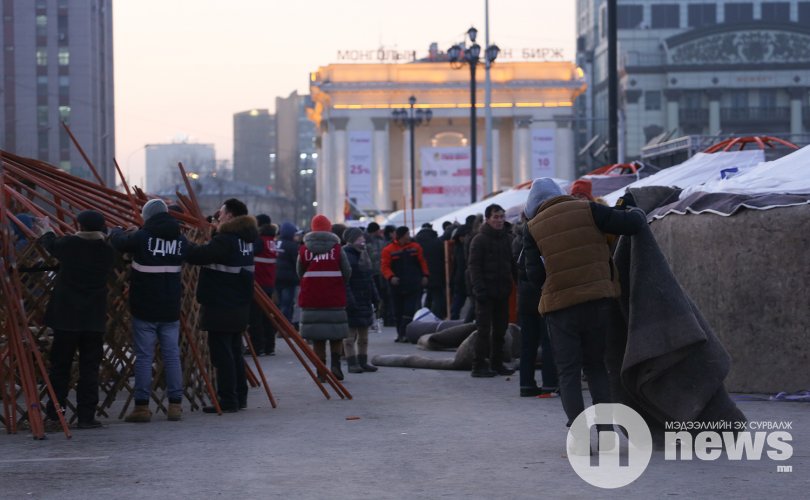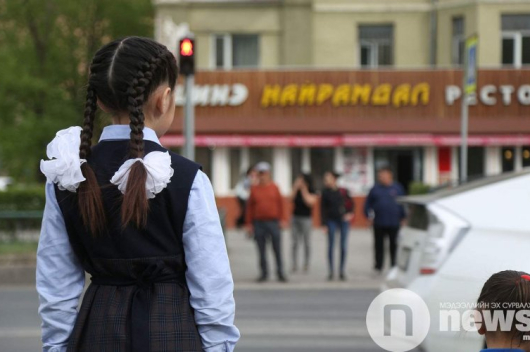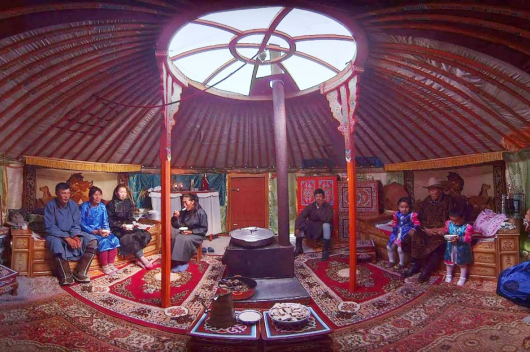Prices of flour and rice, among the basic necessities of Mongolians have soared as a result of the war in Ukraine, with an overall inflation rate of no less than 14.5 percent.
Even worse is the 40 percent rise in coal prices, as well as the shortages that recent protests have attributed to the alleged theft of 385,000 tonness of coal for sale in China by corrupt officials.
In Mongolia, where winter temperatures often drop below -35°C, about 60 percent of the population lives in gers – traditional tents – that are not connected to the Soviet-era heating and water network, but are heated by coal stoves.
Mongolia produces oil, but with no cost-effective means to refine it into gasoline, it exports almost everything to China. While exports to China have declined in recent months as Mongolia’s economy slows under strict COVID-19 restrictions, gasoline prices have risen by as much as 65 percent since Russia began its war in Ukraine in February.
Mongolia depends on Russia for electricity, gasoline, jet fuel, liquefied petroleum gas (LPG) and diesel, about 60 percent of which comes from its northern neighbor.China accounts for more than 80 percent of Mongolia’s total exports, 60 percent of imports and more than 40 percent of gross domestic product (GDP).
 3,575.44
3,575.44












Related News